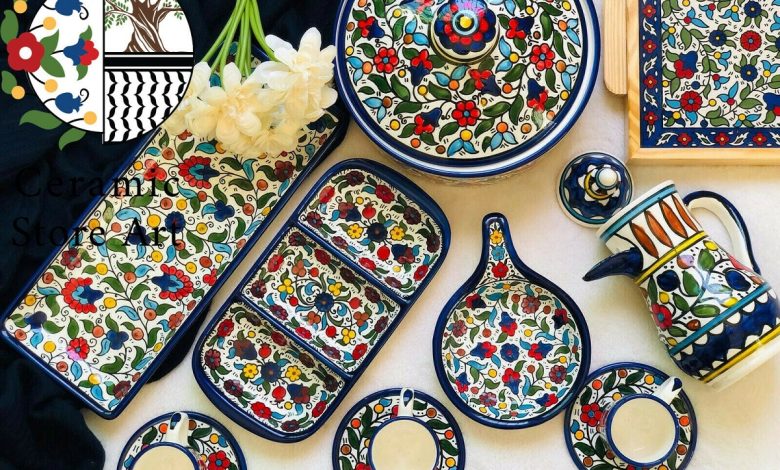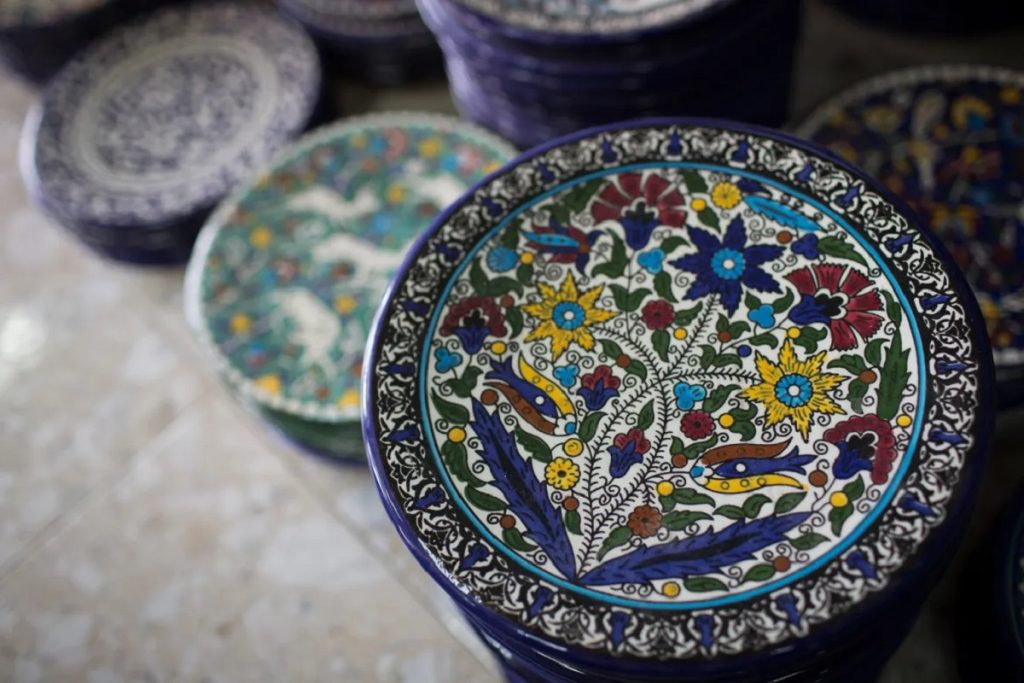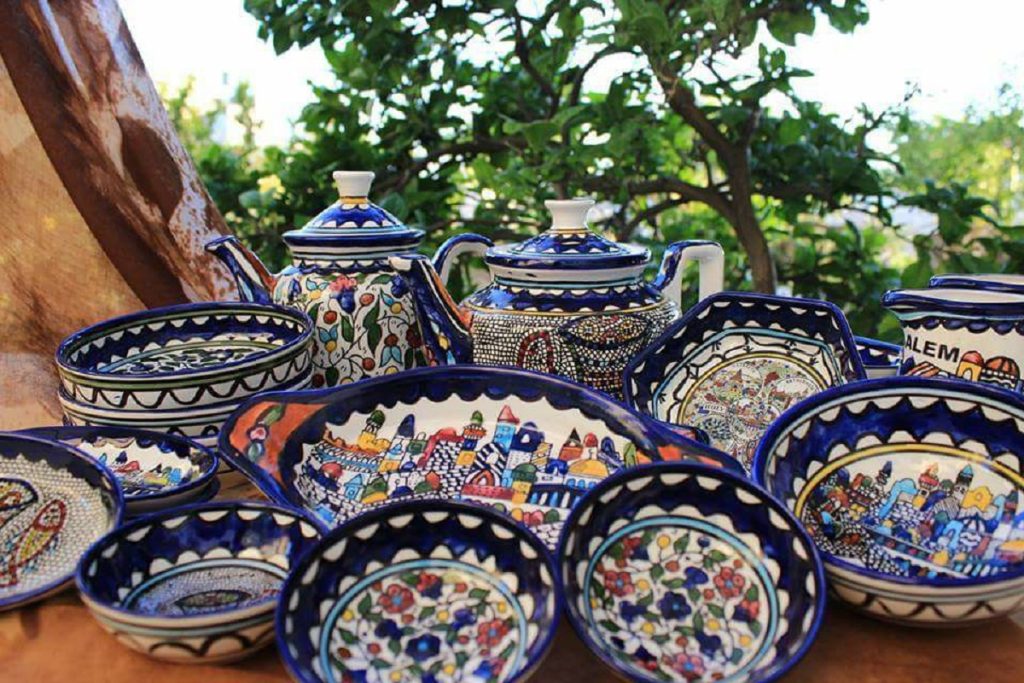Palestinian Ceramics in America: Preserving Heritage and Strengthening Arab & Muslim Communities
From ancient heritage to modern U.S. markets, Palestinian ceramics continue to inspire cultural pride and community connections among Arab and Muslim Americans.

Palestinian ceramics — with their intricate patterns, bold colors, and centuries-old craftsmanship — have journeyed from the heart of Jerusalem, Hebron, and Nablus to shelves and galleries across the United States. More than decorative objects, they carry with them the history, identity, and resilience of a people, and in America, Arab and Muslim communities have played a central role in keeping this tradition alive.
1. Historical Roots
The art of Palestinian ceramics stretches back hundreds of years, blending Ottoman influences with local Palestinian creativity. Skilled artisans traditionally used locally sourced clay, hand-painting motifs inspired by flowers, vines, and Islamic geometric patterns. Each piece was fired in kilns that have been operating for generations, making this craft one of the most enduring art forms of the Levant.

2. Arrival and Growth in the U.S. Market
Palestinian ceramics began appearing in the United States in larger numbers in the late 20th century, brought by Palestinian immigrants, traveling artisans, and fair-trade cooperatives. Today, they are sold in:
-
Middle Eastern specialty stores in cities like Dearborn, Chicago, and Brooklyn
-
Artisan fairs and heritage festivals hosted by Arab American organizations
-
Online platforms such as Etsy, fair-trade marketplaces, and nonprofit stores supporting Palestinian artisans
3. The Role of Arab and Muslim Communities
Arab and Muslim Americans are the main cultural ambassadors for Palestinian ceramics in the U.S.:
-
Cultural Showcases: Festivals like the Arab American Festival in Michigan and Islamic cultural bazaars often feature ceramic stalls.
-
Fair-Trade Partnerships: Community-led nonprofits import ceramics directly from Palestinian cooperatives, ensuring fair pay for artisans in the West Bank and Gaza.
-
Heritage Preservation: For many families, displaying Palestinian ceramics at home is a way to keep their heritage alive, passing the tradition down to younger generations.

4. Symbolism and Identity
Owning a piece of Palestinian ceramic is often an act of cultural pride. For Palestinians in the diaspora, it represents more than art — it is a reminder of ancestral homes, historical continuity, and the resilience of their cultural identity despite displacement.
5. Popularity and Reach
Palestinian ceramics are now found not only in Arab-owned shops but also in museum gift stores, art galleries, and design boutiques catering to a growing U.S. audience interested in authentic, hand-crafted products.
From the narrow streets of Jerusalem’s Old City to cultural festivals in American suburbs, Palestinian ceramics have made a remarkable journey. Their survival and growth in the U.S. are largely thanks to Arab and Muslim communities who have safeguarded this heritage, ensuring that every painted tile and glazed bowl carries forward a story of artistry, identity, and pride.
If you’d like, I can also make a short “spotlight section” on famous Palestinian ceramic studios like those in Hebron and how their products reach U.S. buyers — that would give your article both history and a personal touch.



